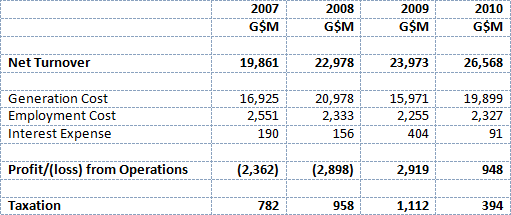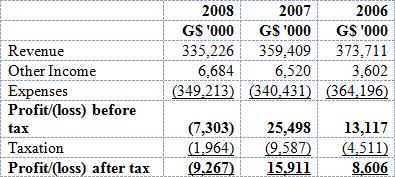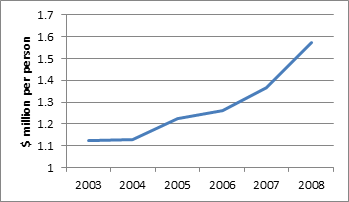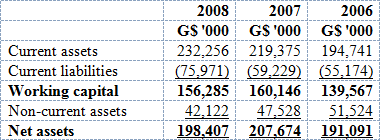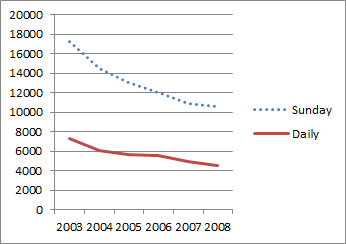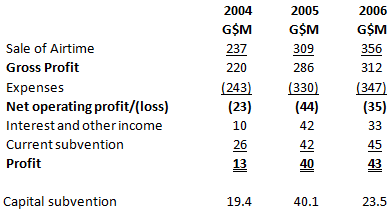A recent news item in the print media gave the impression that the appointments of four senior members of the Audit Office’s staff have already been made by the long-acting Auditor General Mr Deodat Sharma. That would conflict with the Audit Act under which any proposed appointment first must have the approval of the Public Accounts Committee.
I am concerned that this attempt by Mr Sharma – which not surprisingly has received the support of the head honchos of the PPP/C members of the Public Accounts Committee – is a precursor for himself to be confirmed. Clearly, if the number two position from which he was moved up is subsequently filled, he cannot then step back into it, if and when a decision is finally made to appoint a qualified Auditor General from outside the Audit Office.
Mr Sharma has many handicaps. The first is that he is does not have the qualification to be the Auditor General. Accordingly, he has to rely on – as his key qualified staff – the wife of the Minister of Finance who is responsible for the country’s public finances generally and solely responsible for the Contingencies Fund.
The lack of that competence that comes with professional training has meant that in the six audit reports on the public accounts Mr. Sharma has issued since he was appointed to act, he could do no better than identify two major issues – the tendering procedures for drug purchases and the fact that the drawings from the Contingencies Fund did not meet the qualifying test. But he did not initiate the disclosures – they were continuing developments identified by his predecessors.
In relation to the Contingencies Fund, his reports consistently misquote the law relating to replenishments – conveniently to the advantage of the Minister – and second and very importantly, he does not report findings on the actual payments. No wonder it takes him more than three months to report on a $90 million expenditure in an engagement in which he is taking a lead role. Such an audit should take a pair of reasonably capable junior auditors properly guided two weeks maximum.
Mr Sharma has made lots of promises before. He promised in the 2009 Audit Report to complete before December 2010 value for money audits of the drug purchases by the Ministry of Health and the tender procedures of the government. Before that he had promised audits of the Cricket World Cup, Carifesta and the 2005 Flood Audit. And of course, he had promised that by end of April 2012 he would have completed the $90 million audit of Contingencies Fund, a promise accepted by the National Assembly.
It is impossible to say whether Mr Sharma is as keen to be confirmed in the job as the government is to have someone who hesitates to go after Mr Ramkarran’s “pervasive corruption.” The compensation package now enjoyed by Mr Sharma is the same as that of the Chief Justice and the Chancellor. It would seem that it is as normal for no one to risk giving up such an undeserved package as it is for no government to appoint, even in an acting capacity, a Chancellor or Chief Justice possessing only a para-legal degree.
The Constitution of Guyana provides that whether as a substantive appointment or acting Auditor General, the appointment of the Auditor General is made by the President acting in accordance with the advice of the Public Service Commission.Whether or not President Ramotar wants to deal with corruption, it is time that Guyana has a proper Auditor General.
Once a substantive Auditor General has been appointed, that person working with the Public Accounts Committee can then address the other senior positions and indeed the rest of the staffing of the Audit Office, including the issue of conflict of interest under the Code of Conduct governing accountants.

